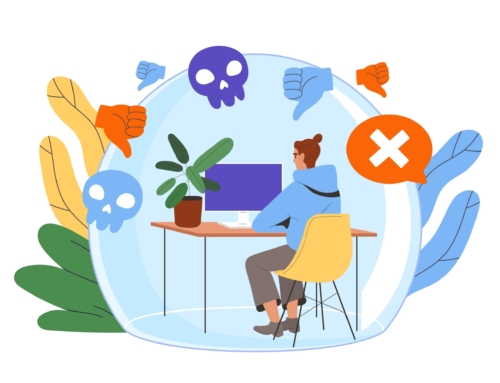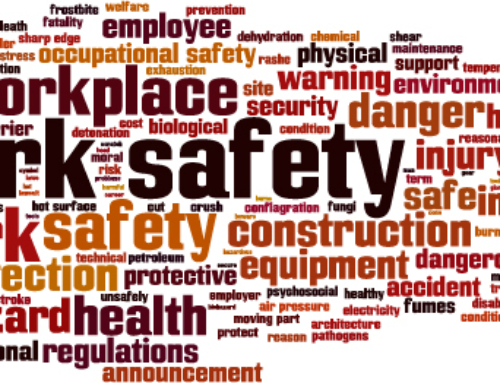Recent statistics show a troubling trend: less than one in five Australian employees report being fully engaged at work. It’s not a reflection of laziness or lack of motivation — it’s a symptom of a deeper, often overlooked issue.
Many organisations unintentionally set their people up to fail by promoting high performers into leadership roles without adequate preparation. And while good intentions may fuel the promotion, intent alone doesn’t equip someone to lead.
Management vs. Leadership: A Critical Distinction
At its core, management is about control over systems: KPIs, budgets, timelines, procedures, and performance metrics. These are generally tangible, measurable, and teachable. A person can become a competent manager through structured learning, because the inputs and expected outcomes are clear.
Leadership, however, operates on a completely different plane.
Leadership is about navigating complexity, understanding human motivation, managing relationships, and inspiring others toward a shared vision. There are no universal templates for empathy or emotional intelligence. Leadership is nuanced, personal, and context-specific — and while it can absolutely be developed, it cannot be “taught” in the traditional sense.
In any business or organisation we need both, strong leadership and strong management, and whilst there is a myriad of ways management skills can be taught, leadership skills require a lot more specific focus. Because you’re dealing with people, and throwing yourself into the mix, the complexities are endless. Leadership is a life long journey and behavioural skill.
The Fallout of Unprepared Leadership
Without relational and emotional competence, even well-meaning managers may unintentionally create:
- Frustrated, disconnected teams
- Increased conflict and miscommunication
- Staff opting out — through absenteeism, transfers, or resignation
- Declining productivity and team cohesion
- Erosion of workplace culture and trust
The result? Poor employee motivation and work experience, customer experience, brand reputation damage, and reduced profitability. But now, the consequences extend beyond performance — into legal territory.
WA’s Psychosocial Safety Laws Have Raised the Stakes
With the introduction of new workplace safety regulations in Western Australia, particularly around psychosocial hazards, leadership failures are no longer simply a “people issue.” They’re a compliance risk.
Toxic team dynamics, poor communication, lack of support — all fall under the umbrella of psychosocial harm. If organisations knowingly place untrained individuals into people management roles, they could be seen as failing their duty of care.
The Way Forward: Reframing Leadership as Strategy
To protect your people — and your business — here’s what needs to shift:
1. Include Leadership and Management skills and capabilities in assessing promotion criteria
Promotion should assess not just operational excellence but the ability to engage, motivate, and support others. Emotional intelligence, self-awareness, and relationship skills must be part of the equation.
2. Develop leadership and management skills in parallel
While leadership may be harder to quantify than management, it can be cultivated — through coaching, feedback, and real-world experience. Treat it with the same seriousness as technical upskilling.
3. Embed Support Structures
Mentoring, coaching, and peer networks create a safety net for new leaders. These systems reduce risk, accelerate development, and help catch small issues before they become major problems.
4. Act Early When Things Go Sideways
When conflict arises, address it with intention. Early skilled interventions can reset relationships and preserve team function — often with far less cost and disruption than formal HR proceedings.
Leadership Is a Human Endeavour — and a Strategic One
As workplaces grow more complex and the legal environment evolves, the ability to lead others isn’t just a nice-to-have — it’s a core capability.
Businesses that invest in true leadership development — beyond performance reviews and procedural training — aren’t just helping their people thrive. They’re building resilient teams, protecting their culture, and meeting their obligations under the law.
In today’s workplace, leadership isn’t just influence. It’s infrastructure.














Leave A Comment